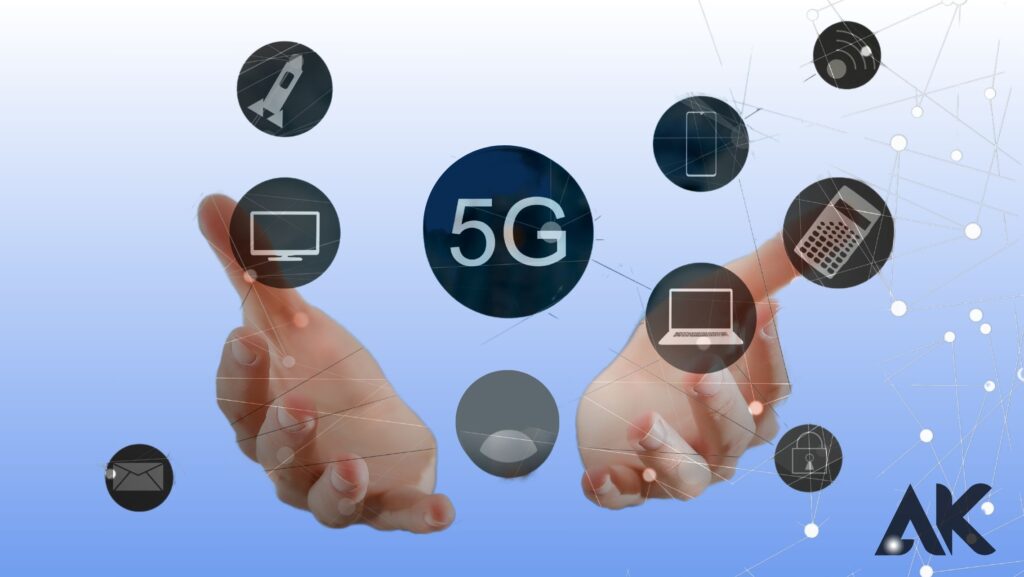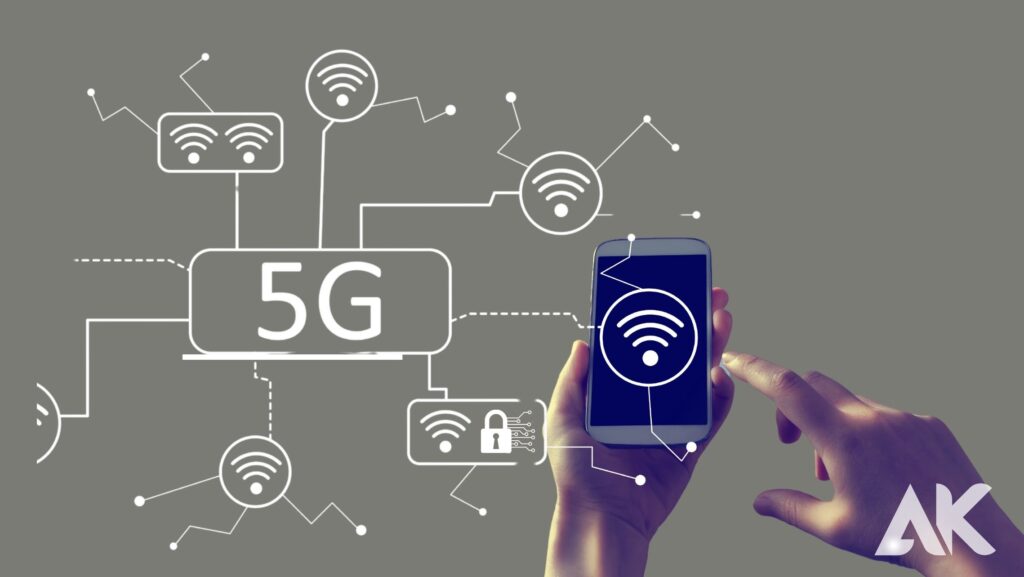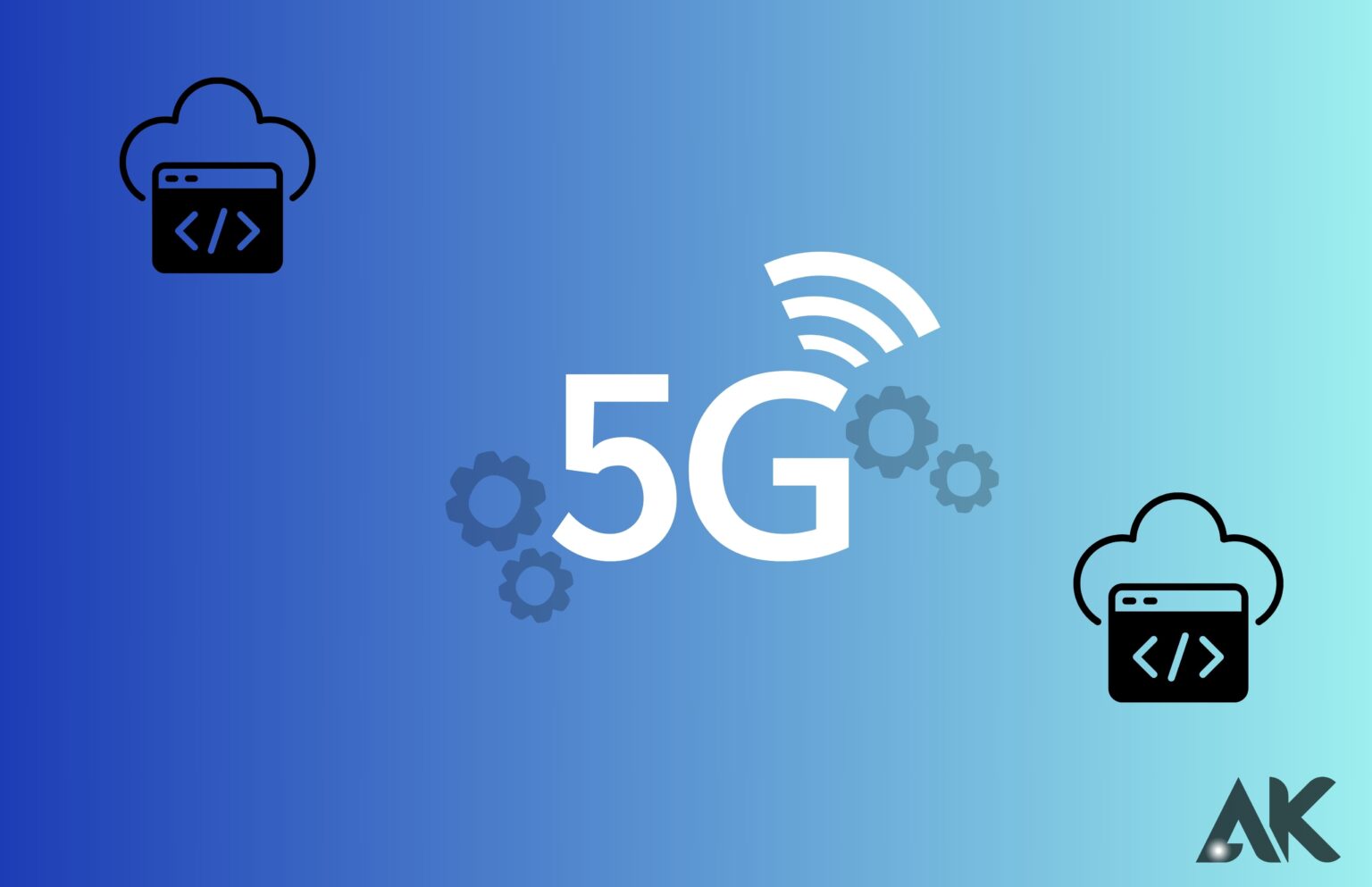5G has entered a new age, and telecom companies are speeding up the rollout of 5G Deployment networks. In the twenty-first century, several technologies have emerged to serve a variety of industries, including healthcare, transportation, manufacturing, and the automotive industry. These technologies provide several business opportunities to infuse innovation across the ecosystem and improve our quality of life.
In this sense, the development of wireless networking technologies such as 5G is opening doors for success not only for one industry but for every other in today’s commercial world. The improved 4G LTE technology that preceded it is known as 5G technology. 5G has more to offer than just low latency and fast speed. It has the potential to bring about revolutionary changes, and every industry is keen to adopt this cutting-edge technology to gain a competitive edge and realize substantial advantages. Mobile carriers are moving to expedite the rollout of 5G and increase its accessibility for an increasing number of consumers. However, several obstacles are causing the 5G rollout to go more slowly than expected.
5G Deployment Opportunities

Compared to earlier generations, 5G technology will be able to attain far higher performance criteria. In ideal circumstances, it will provide
- a download speed of up to 20 gigabits (Gb/s), which is 200 times quicker than 4G technology as it stands now;
- less than one millisecond of latency (the amount of time needed to transfer data from the source to the destination), as opposed to 50 milliseconds as the standard for 4G technology; and
- a million devices per km2, a significant increase in connection density over the normal 2,000 devices per km2.
The development of various new and current technologies, including the Internet of Things (IoT)—devices like appliances that can transfer data over the Internet—will be accelerated by this improved performance. Applications that might be made available by 5G technology are depicted in the image below.
5G technology will, among other things, enable networks to be divided, allowing many logical networks to reside on the same physical infrastructure. Therefore, to satisfy a certain requirement, an Internet service provider might offer a variety of services over the same physical network that have varying performance characteristics (such as download speed, latency, or download consumption limitations). Network slicing might not be entirely consistent with the present net neutrality policy, though, and the federal authorities might need to check to see if this is allowed under the applicable laws.
Significant economic advantages might result from the rollout of 5G technology in Canada and other countries. For instance, research conducted by Accenture suggests that by 2026, 5G technology may help create 250,000 permanent jobs and add around $40 billion to Canada’s GDP annually. The Organisation for Economic Co-operation and Development asserts that the pace of 5G technology adoption and deployment, together with the regulatory environment’s capacity for change, will determine how great the technology’s advantages are.
5G Deployment Challenges

A. Spectrum management
To achieve the coverage, capacity, and speed needs of 5G technology, a mix of low (less than 1 gigahertz [GHz]), medium (between 1 GHz and 10 GHz), and high (over 10 GHz) frequencies is needed. Innovation, Science, and Economic Development Canada (ISED) is in charge of spectrum management in Canada. Numerous telecoms firms have requested that ISED provide additional licenses for 5G technology. Canada is lagging behind numerous nations, including Australia, Japan, the United Kingdom, and the United States, in the mid-band spectrum, according to an international assessment of 5G technology.
A portion of the 600 megahertz (MHz) spectrum in Canada is already set aside for 5G technology. Part of the 3,500 MHz and 3,800 MHz bands have already been assigned, but the process has been delayed because of this, especially for fixed wireless services in rural regions. To meet everyone’s demands, ISED is conducting discussions on how to best utilize these bands. It also intends to host a public auction in 2020 to donate a portion of the proceeds to 5G technology. In addition, ISED has suggested that, within five years, all bands above 20 GHz be reviewed and some of them allocated to 5G technology.
B. Regulation of wireless infrastructure
Approximately 13,000 wireless antenna sites were found in Canada in 2018. This figure is anticipated to rise when 5G technology is introduced and the Internet of Things undergoes a significant evolution. The number of things that are linked is predicted to expand by several billion over the next ten years, which will lead to a major rise in the need for connection. Shoebox-sized small-cell antennas will be utilized to grow the network and satisfy growing demands for connection. They might be put on a variety of infrastructure pieces, including public buildings, bus shelters, and street lights.
Concerns regarding the location management of small cell antennas have been brought up with ISED by several telecom providers. They believe that accessing these sites, which are held by different parties, may be challenging, which would prevent the widespread installation of this kind of antenna. Furthermore, a few interested parties think that the laws governing antennas might not be updated to meet the demands of 5G technology. Earlier networks that employed fewer but bigger antennas were taken into consideration while creating these standards. Furthermore, a few businesses have suggested that ISED create a nationwide framework of best practices to streamline the installation of small cell antennas.
The deployment of 5G is an interesting issue since it presents a number of potential obstacles. The introduction of fifth-generation wireless technology brings with it a number of challenges that must be addressed in order to ensure its deployment. The enormous complexity and scope of modernizing the current infrastructure to accommodate this ground-breaking network is a significant hurdle. Small cell installations will need to be added to traditional cellular towers at every possible location, necessitating careful planning and collaboration amongst stakeholders. Furthermore, 5G’s use of a wider frequency spectrum presents challenges for signal transmission over greater distances, requiring a thorough network densification procedure.
But among these difficulties are also a ton of possibilities for different sectors and companies. 5G’s capabilities are expected to transform a number of industries, including automation, healthcare, transportation, and entertainment. The possibilities are endless when it comes to autonomous vehicles, precise remote surgeries performed from any location, fully immersive virtual reality experiences that exceed our wildest dreams, effective energy management systems that optimize resource usage like never before, and much more. All of these are made possible by real-time data processing made possible by significantly lower latency.
Moreover, there are several business opportunities associated with the implementation of 5G. Significant funds will be allocated to research and development initiatives targeted at improving hardware (processors, antennae, etc.) and software (network slicing, edge computing) frameworks as countries compete to become leaders in this field. These technological developments have the potential to create jobs and support global innovation hubs.
Conclusion
5G deployment is a significant advancement in wireless networking technologies, offering high speed, bandwidth, and low latency. It has the potential to accelerate the development of new and existing technologies, such as the Internet of Things (IoT). However, challenges such as spectrum management, wireless infrastructure regulation, and the need for a national framework of best practices are causing delays in the overall process.
Opportunities for 5G deployment include faster download speeds, less latency, and higher connection density. However, network slicing may not be fully compatible with net neutrality principles, and the federal government may need to determine if this aligns with relevant legislation.
The deployment of 5G technology could provide significant economic benefits, such as creating 250,000 permanent jobs and an annual increase in Canada’s GDP of nearly $40 billion. However, the extent of these benefits will depend on the speed of deployment and adoption, as well as the regulatory environment’s ability to adapt.
Challenges include managing spectrum, determining wireless infrastructure regulations, and addressing concerns about small cell antenna locations. ISED is holding consultations on maximizing these bands and planning a public auction in 2020 to allocate a portion to 5G technology. Additionally, some stakeholders believe that regulations surrounding antennas may not be adapted to the needs of 5G technology, and some companies have recommended establishing a national framework of best practices to facilitate the deployment of small cell antennas.
FAQS
What is the main challenge in deploying 5G technology?
Even though 5G technology has the powerful processing capacity to handle the massive amount of data arriving from various sources, it requires a more substantial infrastructure. One of the most significant issues that 5G must address to protect personal data is security and privacy.
What are the challenges of 5G implementation?
Finding enough spectrum, or radio frequencies, to handle the high data rates and low latency that 5G demands is one of the main issues for 5G networks. TV broadcasters, satellite providers, and the armed forces are just a few of the many current users that occupy the spectrum, making it a scarce and important resource.
What are the 5G deployment challenges in developing countries?
The mainstreaming of 5G has been delayed in underdeveloped nations by a lack of infrastructure, which includes low fiber penetration, slow data rates, and limited access to street furniture (India, 2020).

